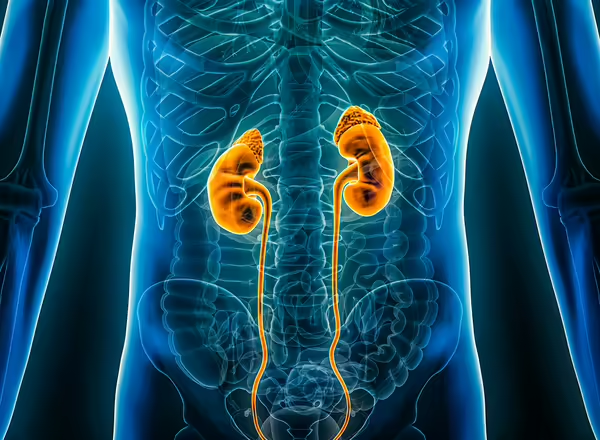
Kidney Disease and Diabetes
Diabetes has become one of the main causes of kidney disease in the United States. This is especially true because so many people have type 2 diabetes. As many as 40% of individuals with type 1 diabetes and 20% to 30% of those with type 2 diabetes have some kind of kidney disease.
The role of the kidneys is to filter waste products and extra fluids from the body. You have two kidneys because this function is so important. You cannot live without at least one working kidney. If your kidneys fail either dialysis or a kidney transplant is necessary. Dialysis is a treatment that uses a special machine to do the work of the failed kidneys.
In many cases kidney disease can be avoided with proper screening and treatment. Screening includes monitoring blood pressure, blood lipids and glucose. High blood pressure causes the blood vessels to stiffen which can lead to a kidney failure as well as heart attack or stroke.
Additionally, high cholesterol and high blood glucose increases the chance of blood vessel damage, including blood vessels in the kidneys.
Recommendations to prevent and treat kidney disease.
- Maintain blood glucose control with a hemoglobin A1C less than 7 percent.
- Control blood pressure. The general recommendation for preventing kidney disease in diabetes is having a blood pressure below 140/90 mm hg; however tighter control maybe recommended.
- Take medications if needed for blood pressure control.
- Keep total cholesterol less than 200 mg/dl, bad cholesterol (LDL) below 100 mg/dl, good cholesterol (HDL) above 40 mg/dl, and triglycerides less than 150 mg/dl.
- Monitor hemoglobin to keep between 11-12 g/dl. Check each year to screen for anemia.

In the early stages of kidney disease there are no physical symptoms. One of the earliest signs that your kidneys are not functioning 100% is when excess protein known as microalbuminuria shows up in the urine. The National Kidney Foundation recommends two annual screening tests to monitor kidney function in people with diabetes. One is measured with a urine sample and the other measured with a blood sample. The urine test measures excess protein in the urine and the blood test measures creatinine. Creatinine levels increase as kidney function decreases. Creatinine levels are used to estimate your kidney’s filtering capacity which is important to recognize decreasing kidney function.

Individuals with type 1 diabetes should be screened 5 years after diagnosis and annually thereafter for microalbuminuria. Screening should happen at diagnosis with type 2 and yearly thereafter because it may have gone unrecognized for some time, causing damage to the kidneys.
Screening should also take place during pregnancy with type 2 diabetes.
Your primary doctor should provide annual screening for kidney disease and if necessary refer you to doctor who specializes in treating and managing kidney disease. Doctors who specialize in kidney disease are called nephrologists.